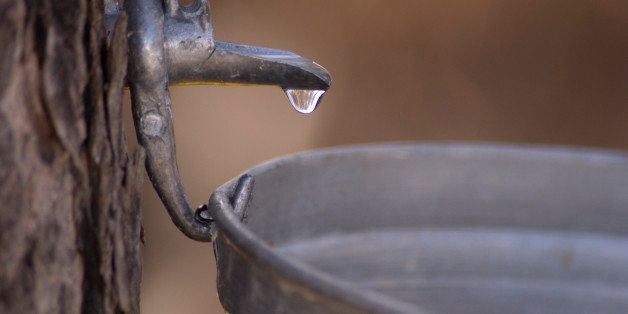Abstract: Dehydration impairs physiological function and physical performance, thus understanding effective rehydration strategies is paramount. Despite growing interest in natural rehydrating beverages, no study has examined maple water (MW).
Purpose: To investigate the rehydrating efficacy of MW after exercise-induced dehydration.
Methods: Using a single-blind, counterbalanced, crossover design, we compared the rehydrating efficacy of MW vs. maple-flavored bottled water (control) in 26 young healthy (22 ± 4 yrs., 24 ± 4 kg/m2) males (n = 13) and females (n = 13) after exercise-induced dehydration (~ 2.0%ΔBody Weight [BW]) in the heat (30 °C, 50% relative humidity [RH]). Hydration indicators (BW, salivary and urine osmolality [SOsm/UOsm], urine specific gravity [USG], urine volume [UV], urine color [UC]), thirst, fatigue, and recovery (heart rate [HR)], and HR variability [HRV]) were taken at baseline, post-exercise, 0.5, 1, and 2 h post-consumption of 1 L of MW or control.
Results: Following similar dehydration (~ 2%ΔBW), MW had no differential (p > 0.05) impact on any measure of rehydration. Likely due to greater beverage osmolality (81 ± 1.4 vs. 11 ± 0.7 mOsmol/kg), thirst sensation remained 12% higher with MW (p < 0.05). When sex was considered, females had lower UV, elevated UOsm (p < 0.05), trends for higher ΔBW, USG, but similar SOsm. Analysis of beverages and urine for antioxidant potential (AP) revealed a four-fold greater AP in MW, which increased peak urine AP (9.4 ± 0.7 vs. 7.6 ± 1.0 mmol, MW vs. control, p < 0.05).
Conclusion: Electrolyte-containing MW, was similar in effectiveness to water, but has antioxidant properties. Furthermore, trends for sex differences were discovered in urinary, but not salivary, hydration markers, with discrepancies in kinetics between fluid compartments, both warranting further study.
Alexs Matias, Monique Dudar, Josip Kauzlaric, Kimberly A. Frederick, Shannon Fitzpatrick and Stephen J. Ives. Journal of the International Society of Sports Nutrition (2019) 16:5 https://doi.org/10.1186/s12970-019-0273-z
https://jissn.biomedcentral.com/articles/10.1186/s12970-019-0273-z

